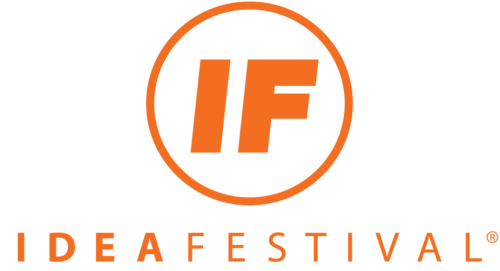Art is a system of research. - Paul Rucker
The interactive artist Balam Soto was featured today in Make Magazine online. Some quick googling uncovered this installation, which I thoroughly enjoyed watching.
The piece reminded me of a quote from one of the many, many artists who have appeared at the IdeaFestival, Paul Rucker, who in 2103 said from the festival stage that art is a "system of research." The thought has been penciled into my mind every since. Soto (and Rucker) remind us that we're not empty vessels, but auditors, participants, in the information we consume.
How actively we question that information and our experiences is up to each of us. In that sense, we're all artists capable of asking the sharp, penetrating - or, at long last, obvious - questions.
Stay curious™
Just a reminder: the discounted rate for 2016 festival passes will expire on Labor Day. Don't wait too long to get yours!
Wayne




